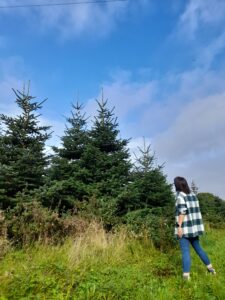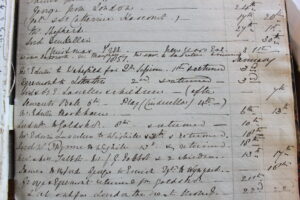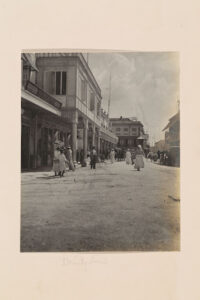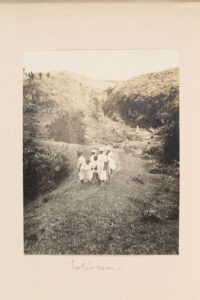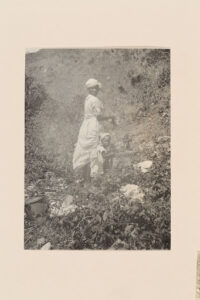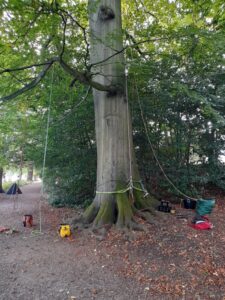
As an educational charity, learning is a central part of the work of Harewood House Trust. Learning is wide ranging – it may involve the development or deepening of skills, knowledge, awareness, values, ideas and feelings. Effective learning leads to change, development and the desire to learn more.
The environment and living responsibly are key objectives at Harewood. My role at Harewood is to look at this in a variety of ways – through our permanent collections in the House, Garden and Bird Garden, temporary exhibitions and our learning offer for all ages. We are fortunate that our collections unite science and art, nature and culture, giving us endless opportunity to further awareness and encourage individual agency through our programmes. For example, birds and plants enable us to look at loss of habitat and the subsequent displacement or threat of extinction. Our teams collaborate with external partners in Education and the Charity sector to train the next generation of professionals and develop new research in species conservation and environmental sustainability. Providing access to in-house expertise is a key part of how Harewood House Trust can contribute beyond its walls and be a cog in the wheel of progress globally.
The Harewood Biennial returns in 2022. It looks at the role Craft has to play in the world today, rooted in 250 years of craft and making at Harewood. Next year’s Biennial, ‘Radical Acts: Why Craft Matters’, will showcase contemporary craftspeople, designers and brands investigating regeneration in their work. As the exhibition’s curator Hugo Macdonald writes, “We speak of sustainability but to sustain means to keep going and we’ve already gone too far.” Learning will respond to this theme, working in partnership with exhibitors to create new resources and activities that encourage awareness and care of our planet. The Biennial Symposium in May 2022 will provide a platform to share views on how Craft knowledge can help build a more responsible way of living as individuals, communities and societies. Finally, part of each Biennial is long-term research into Craft and the Sustainable Economy. We embarked on an exciting project in partnership with the Sustainability Research Institute at the University of Leeds in 2019 that we are delighted will continue next year.
-Hannah Obee, Director of Collections, Programme and Learning

